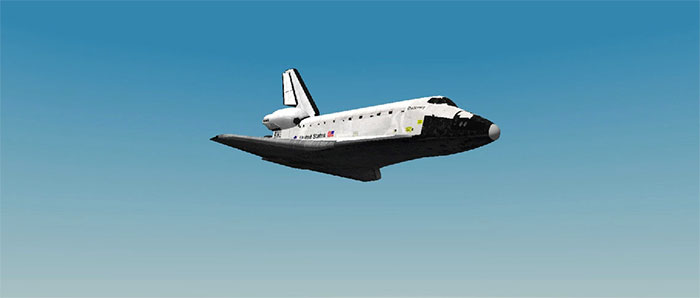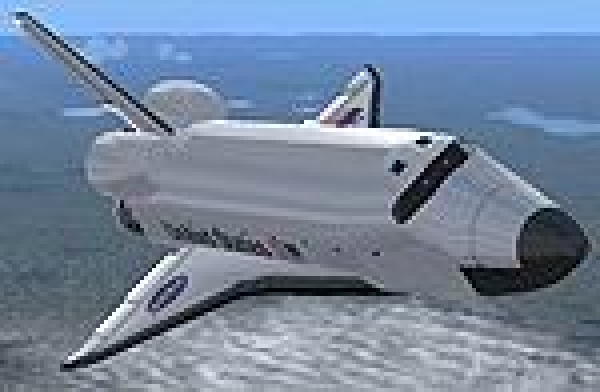

The original Boeing 747-100 had to be extensively modified to accommodate the additional weight of the massive Space Shuttle. The SCA with a Space Shuttle on top is one of the most uncanny flying machines the world has ever seen. Both are still preserved today and on display for visitors to see. First introduced in 1977, these airplanes accompanied the Space Shuttle program throughout its life, retiring in 2012. The Shuttle Carrier Aircraft (SCA) were two highly modified Boeing 747s that were used by NASA to ferry the Space Shuttle between landing sites and the Kennedy Space Center. Today, we’re bringing you a sensational new add-on that promises to capture simmers’ imagination: a replica of the Shuttle Carrier Aircraft!
NASA SPACE SHUTTLE FLIGHT SIMULATOR MODS
Shubert says by confirming head movements help patients in the Kraken study to overcome the same type of symptoms, it "will allow NASA and the Navy to play a vital role in bringing a new set of therapies to the public.Every once in a while, the MSFS community comes up with an unexpected new experience for the simulator, often in the shape of cool new scenery mods or unique aircraft. These patients often suffer from dizzy spells and vertigo. If the study proves successful for astronauts, there is hope that it will also be able to help patients here on Earth, like those who have had tumors removed from their inner ears. Built with FSDS, the shuttle has fully animated exteriors, including opening cargo bay doors. It is extremely maneuverable, and can reach high altitudes as well as cruising at the highest speed FSX will allow. It also has slats and thrust reversers to help with control. He added, "Tests with the Kraken will allow us to rigorously determine what head movements, if any, help astronauts to quickly recover their sense of balance." The shuttle has been modified so that it takes off and lands like a regular airplane. Michael Shubert, a neurophysiologist at Johns Hopkins University, says astronauts suggest performing slight head movements has helped them to recover a sense of balance faster. While these may seem like easy tasks, doing so while feeling dizzy and nauseated could prove a bit more difficult. Those will include testing their balance standing on foam with eyes open and closed, their speed on a nearly 33-foot walk, endurance on a two-minute walk, and finally the amount of time it takes them to finish a standing and walking test that includes stepping over an obstacle.
NASA SPACE SHUTTLE FLIGHT SIMULATOR SERIES
Volunteers will also be asked a series of questions about being disoriented or having feelings of nausea.Īll 24 participants will partake in completing four tasks.

The technology will record things such as how many times a participant blinks, or how their heart rate changes. "With the ability to move six directions on its axis, the device can simulate complex flight scenarios that are difficult to recreate on Earth, including landing scenarios that could induce vertigo and nausea."ĭuring the study, 12 volunteers will perform prescribed head turns and tilts while wearing video goggles that track their head and eye movements, while the remaining 12 sit out the head movement protocols.

"The first time I saw the Kraken in person, I was impressed by how large and agile the machine is," remarked Laura Bollweg, who manages astronaut health research at NASA's Johnson Space Center in Houston, Texas. The beast of a machine will spin them at accelerations reaching three times the force of gravity in order to simulate what astronauts experience when they return home from space.

NASA hopes to use an upcoming study of 24 active-duty service members who dare to take a 60-minute ride in the Kraken. The symptoms can persist for several days, and are often referred to as getting their "land legs" back. Many report feeling dizzy, lightheaded, nauseated, and off-balance once they return home as well. It isn't just after liftoff from Earth that can cause issues with motion sickness for astronauts.


 0 kommentar(er)
0 kommentar(er)
